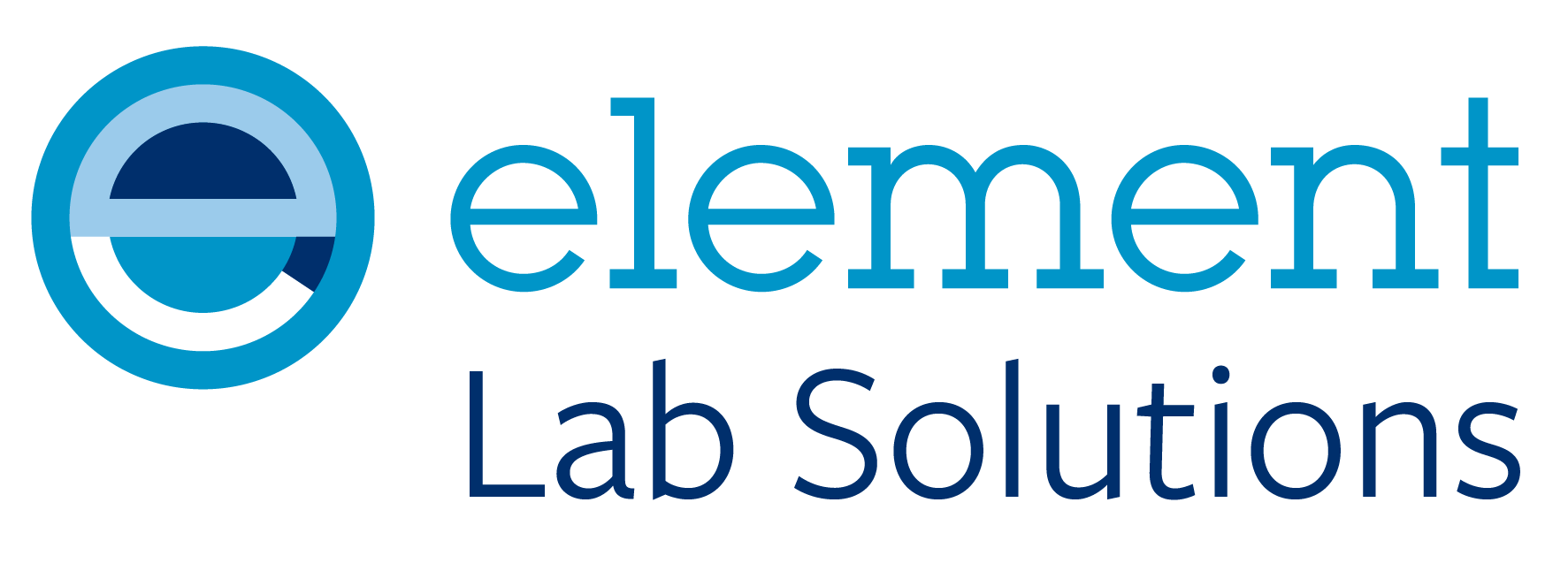GC METHOD DEVELOPMENT TRAINING COURSE
This course provides a step-by step approach to method development for GC.
Supplemented by a host of real world separation examples, tutorial and exercises to aid understanding, this course includes all the essential aspects of GC method development. More experienced chromatographers can use this course to cut method development lead times drastically, armed with a logical approach and a wealth of new knowledge on how to make the right decision during each aspect of development.
Column dimensions, phase type, inlet type and operating conditions, detector settings and optimisation along with sample preparation regimes are all crucial and often baffling choices available to the chromatographer developing methods for GC analysis.
This course takes a logical and progressive approach to the subject and discusses the important ‘make or break’ choices. Tutorial exercises illustrate the effect of different inlet conditions, oven temperature programme, stationary phase types and detection settings on real samples.
This course is designed for the more experienced chromatographer with a good understanding of GC. We would highly recommend attendees have already completed our Operating and Understanding GC course, although this is not compulsory.
GC METHOD DEVELOPMENT COURSE DETAILS
- Setting method development objectives
- Sample preparation
- Inlet and flow rate parameters
- Choosing a column and temperature program
- Optimisation strategies
We offer flexible delivery options for this instructor-led course:
- On-site: one full-day session at your laboratory or any location of your choice.
-
Online: two half-day interactive sessions.
View our online training calendar for upcoming dates.
Delegates should have a good knowledge of chromatography and experience as GC users. Some experience in method development is also recommended. A good grounding in chemistry will be beneficial.
-
Objectives
- Establishing method objectives
- Literature searching
- What is known? / What needs to be known?
- Introduction to Quality by Design (QbD)
- Critical Parameters and Robustness
-
Sample Preparation
- Sample clean up
- Analyte extraction
- Solvent selection
- Optimising for sample type/application
-
Inlet, and Flow Rate Parameters
- The effect of split ratio on peak shape and quantitative accuracy
- Investigating oven initial temperature
- Conversion into a splitless method
- Optimising purge-on time
- Carrier gas choice and flow rate optimisation (van Deemter & Golay treatment)
-
Choosing a Column & Temperature
- Choosing the correct phase
- Effects of column geometry
- Solute-stationary phase interactions
- Isothermal vs. Gradient operation
- Theory and development of temperature gradients
-
Optimisation Strategies
- Measuring and optimising:
- Capacity factor, Efficiency, Resolution, Selectivity
- Resolution equation
- Developing effective methods
- Example method development
-
Putting it all together!
- Developing a method for the separation of a complex mixture of compounds from scratch




